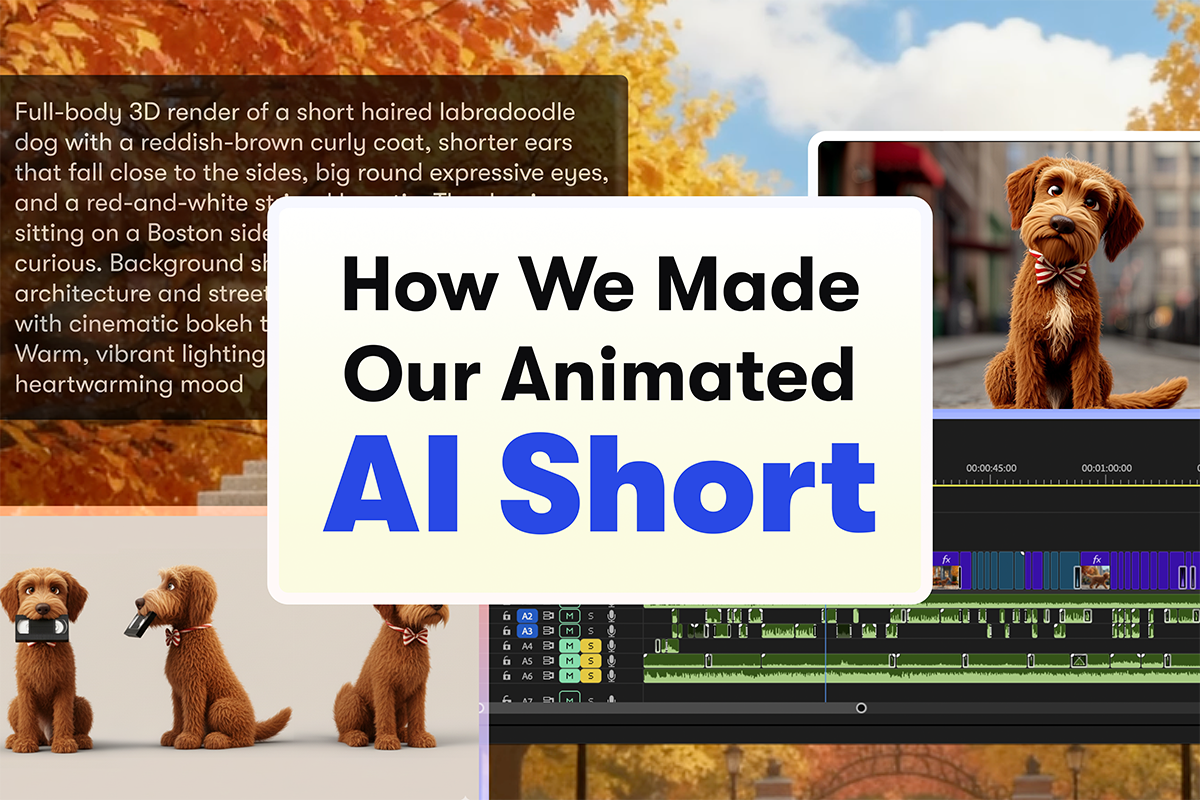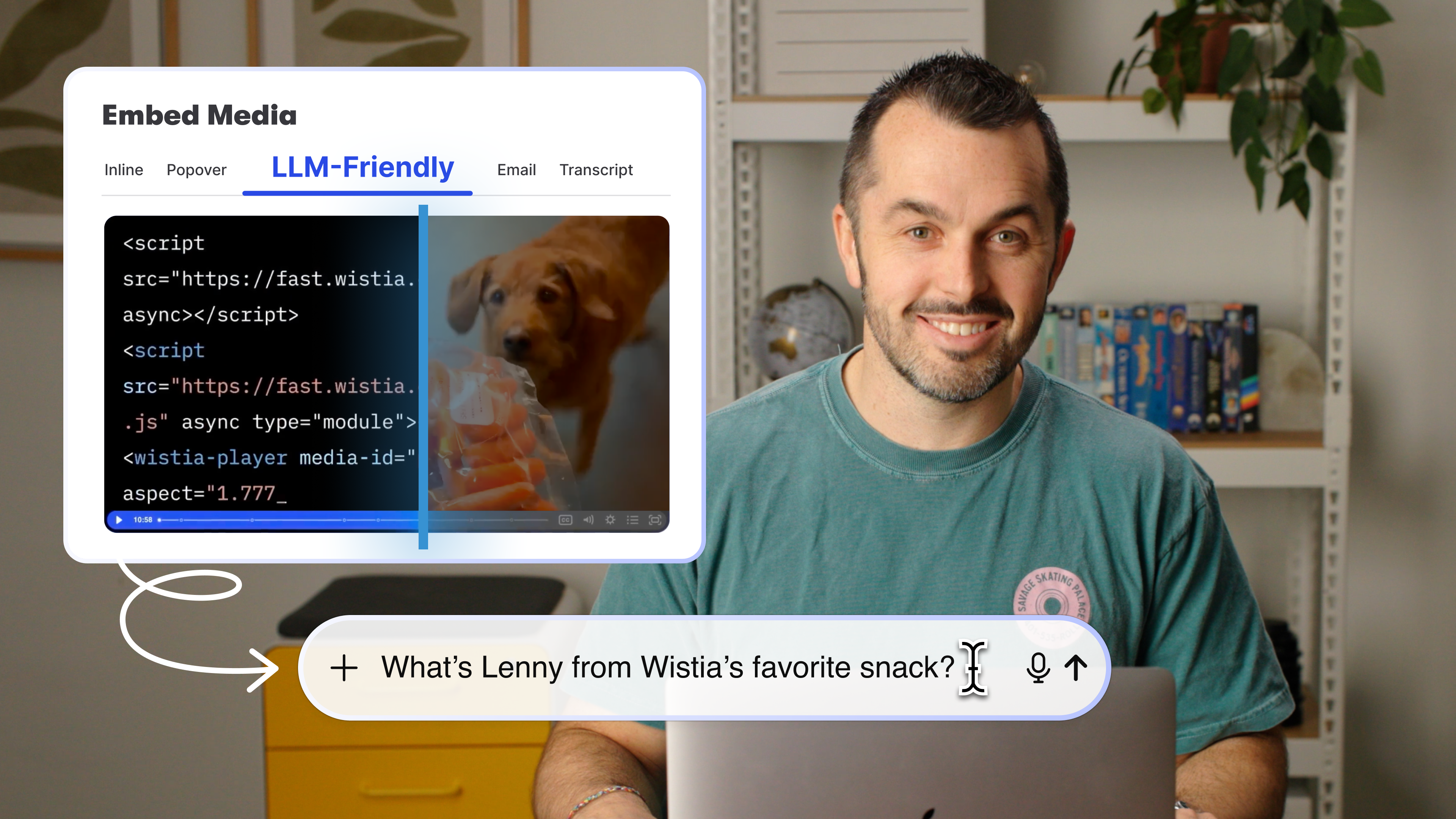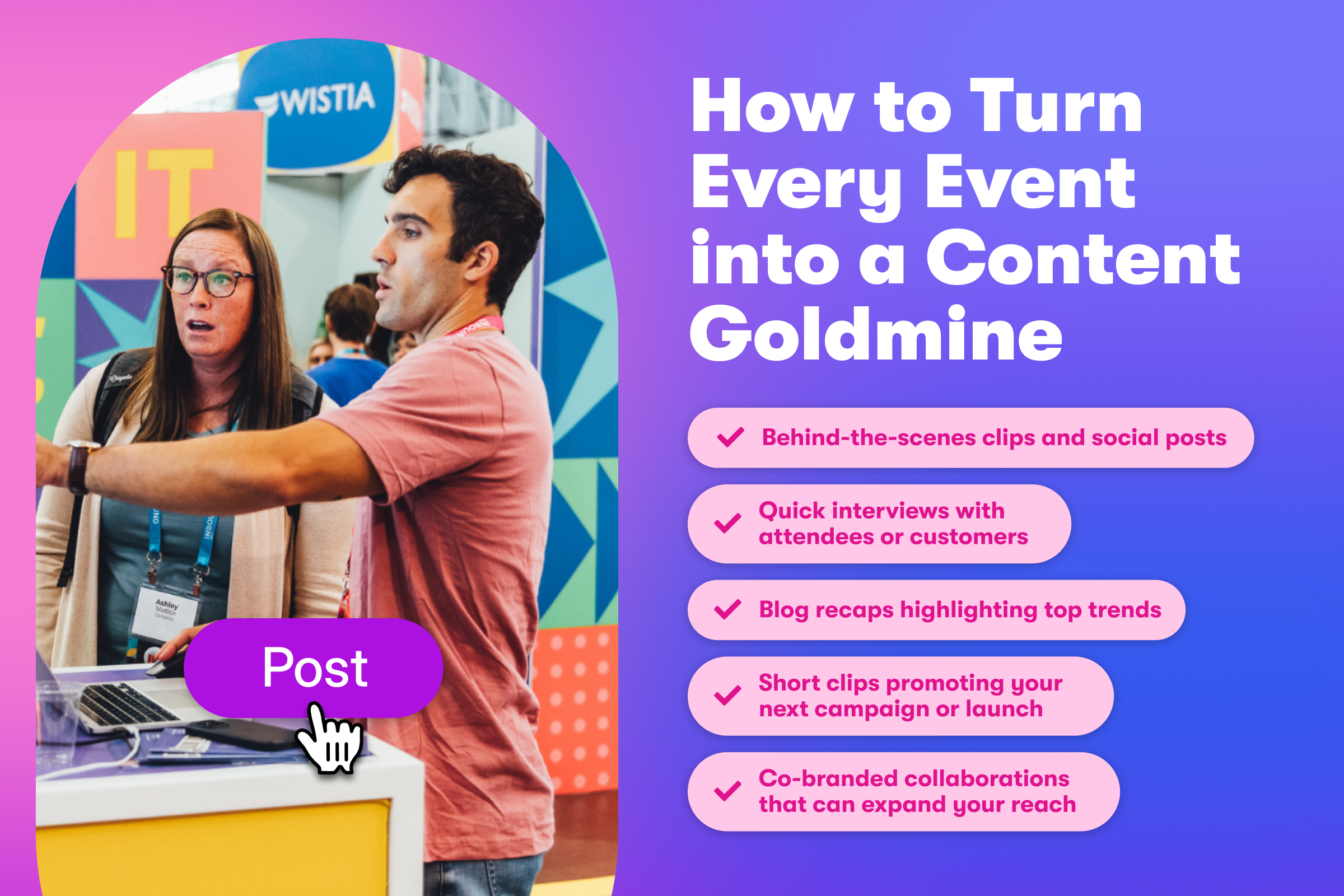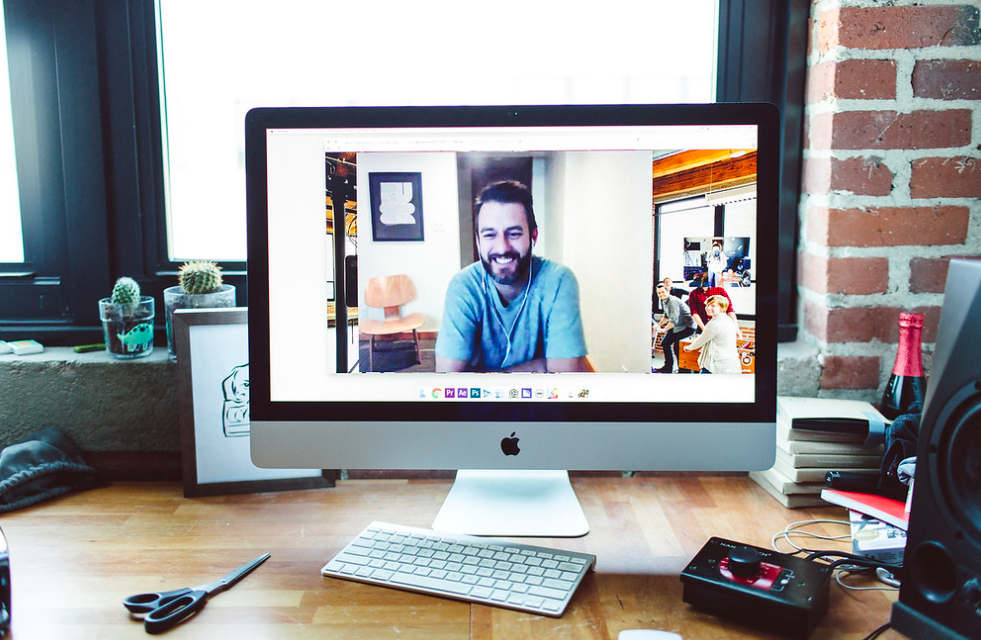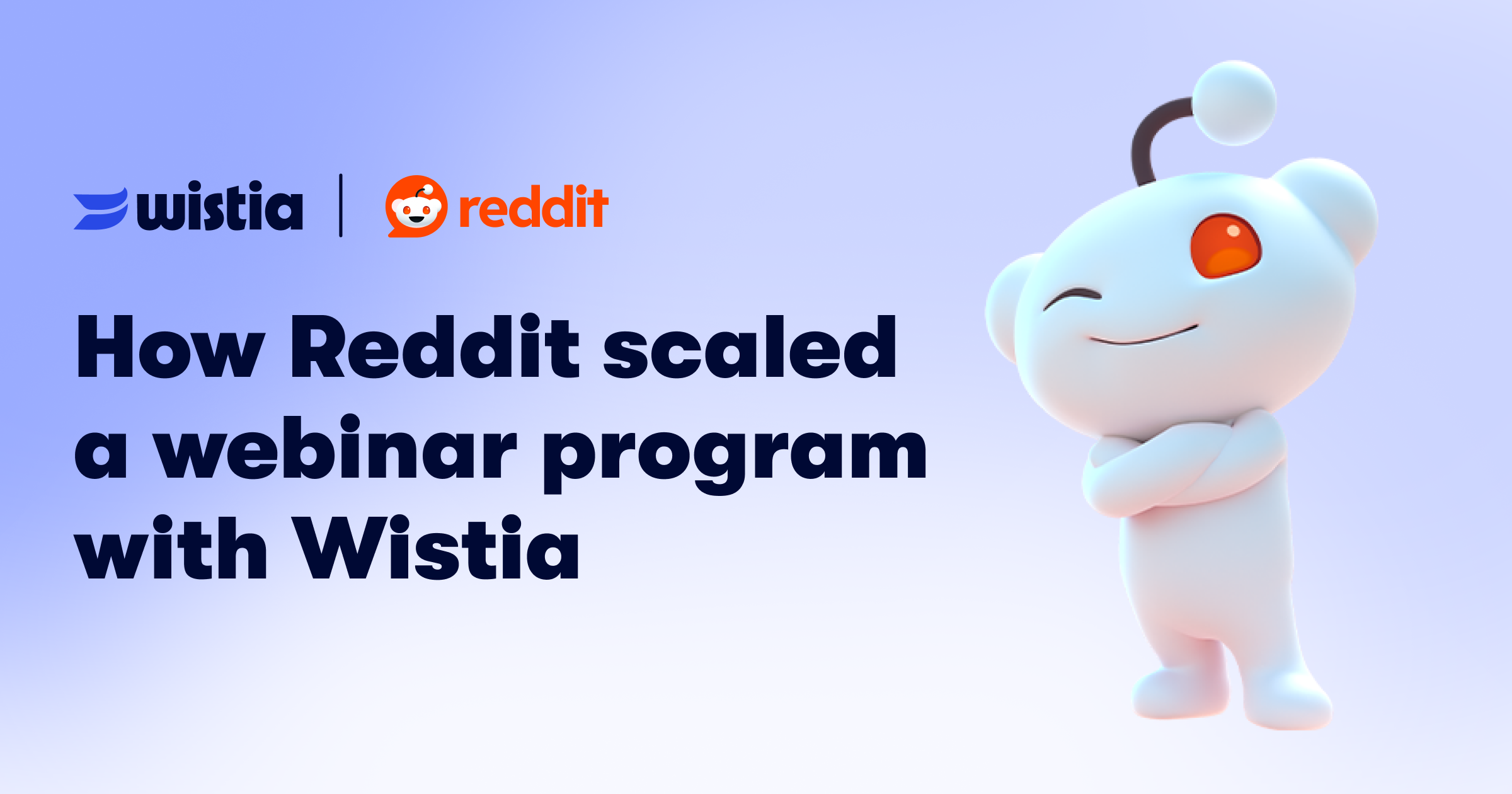Why All B2B Brands Will Be Media Companies in the Next 5 Years
February 14, 2019
Topic tags
Until recently, mainstream media was responsible for dictating the content our country consumed en masse. From books and television to movies and magazines, trends came and went in what felt like huge waves. While this is still partially true, our culture has shifted dramatically over the past decade. Today, our culture is dictated by the Internet.
Mainstream media is no longer solely responsible for what content is at our fingertips. We have an unlimited array of content and interests that were once niche being magnified by social media (just spend a couple minutes on YouTube or Reddit and you’ll get the gist pretty quickly).
Our societal culture has fused with Internet culture, and that means what was once niche, is now … well, mainstream. More than ever, our individual interests make us feel more connected and influence where we spend our time online.
But, what does this have to do with B2B brands? Well, if B2B companies want to build relationships with their audiences and stand out in a world with unlimited competition, then they need to embrace the change in our culture and start thinking like media companies. I’m excited to place a bet on this shift and the media model as a whole — here’s why.
Content should be thought of as a product
Marketing a product is something with which we’re all very familiar — we spend countless hours moving our customers through the funnel, chasing dollars. Our products deliver value and we charge for a small percentage of the value that we deliver. This concept is hardly new or groundbreaking.
But, what worked before just doesn’t work anymore. And in a world with unlimited competition for attention, you must find a way to deliver value to your customer before they ever make it to your product pitch. You need to find a way to stand out. You need to meet your audience where they’re already spending their time.
“In a world with unlimited competition for attention, you must find a way to deliver value to your customer before they ever make it to your product pitch.”
One way to do this is to make content that’s so valuable that you can market it in the same way that you would market a product. To do this, you have to have the confidence that your content is genuinely useful, funny, inspiring, or educational. And if you can get to that point in your creation, then you can work to stand out in a place where your audience is already hanging out.
Is this what it means to act like a media company? Well, yes. Media companies are in the business of aggregating — in some cases, creating — and distributing content to the public that helps them build audiences. This may sound overwhelming, but it’s totally doable for B2B companies to adopt this model and be super successful with it. In fact, many of us are already putting a ton of effort into our content and other forms of media distribution.
We need to shift away from thinking about content as a way to meet search demand, to thinking about content as a way to grow demand. And you can only grow demand with content if it’s unique, focused on the right specific audience, and delivers real value — just like a product.
Finding the right niche
One of the advantages B2B businesses have when it comes to content production is that we usually have specific target markets and audiences that have faced specific challenges and opportunities. And while some people see this as a hindrance, this actually makes it easier for us to create content perfectly suited to our niche audiences.
Once you start looking for examples of businesses leaning into this advantage, you start seeing them everywhere. Profit Well is building up a slate of shows for data-driven data folks, Invision is making inspirational documentaries highlighting the importance of product design, and MailChimp is launching original series to give small businesses inspiration that being truly themselves is a way to rise above the fray.
You know your audience better than anyone, and that means you can make content that is more engaging for your niche than anyone else out there — but only if you can get specific enough. The goal is to make content that is so useful and engaging for your niche that they will choose to watch, listen, or read your content when they would otherwise be watching a movie, listening to music, or reading a book.
During the pre-Internet days, capturing the attention of this niche just simply wasn’t possible; you had to have a massive amount of money and time, and a way to get your content distributed through media outlets. Now, the only thing holding businesses back is the commitment to finding what works for your audience, and creating content to fulfill that interest. You don’t need to be a blockbuster — people will choose you because your content is so targeted.
Attention is earned, not paid for
It’s no secret that online advertising is becoming more expensive and more competitive. Because of this, we’re already seeing digital-first companies going back to having a brick and mortar presence because it’s cheaper to acquire customers that way. The rent is too damn high!
In other words, it’s getting too difficult to capture people’s attention in the digital advertising space. More often than not, we end up relying on the recommendations of others when making decisions for how we want to spend our time. Have you seen the Fyre Festival documentary yet? Are you listening to Segment’s new podcast?
“More often than not, we end up relying on the recommendations of others when making decisions for how we want to spend our time.”
We make decisions on how to spend our time based on what our friends and colleagues suggest in group messages, Slack channels, emails, and over lunch. We don’t want to waste our time, so we rely on the filter of our networks to help us figure out how we spend it.
Providing great content for your audience can show them that you truly understand the problems and opportunities they face. And if you can do that through your content, then you can build up the trust the same way you do with your products. When you think of your strategy in this way, the relationship your audience has with your brand is different — you’re sharing ideas and feelings instead of products.
People will only share your content with others if it’s generally useful and they believe it will help their peers and friends in some way. And when done well, people will spend an enormous amount of time with your brand.
Mirror the movie release cadence
When a new movie is released, it’s first brought to theaters where the people who are most excited to see it will pony up $12 (plus another $20 for popcorn and a soda). Next, depending on how things go during the theatrical release, the movie will make its way to airplanes and Pay-Per-View. Then, it will hit iTunes, Amazon, Google Play, and eventually, it makes its way to Netflix or maybe even cable some day.
When you’re thinking about where to distribute your content, you should start with the audience that will pay the most and have the highest amount of interest — and then work in concentric circles out to the people who didn’t bother to watch it earlier. If you have a big hit, people will run to the theaters to see it. If not, that’s okay too.
For the web, you should distribute your content with the audience that you believe will have the strongest affinity for it (likely the people already going to your website) and then release it to audiences who have less and less of a connection over time.
Then, you can create and use promotional clips on YouTube, Facebook, LinkedIn, etc., to reach a different audience. Eventually, if they want to watch your content in full, they’ll need to go back to wherever it is that you originally hosted the content (likely your website). We gave this strategy a shot for One, Ten, One Hundred and we saw some great results.
Measure like a media company
If you want to start acting like a media company now, then you need to create the structure to measure your results like a media company. You have to find a niche and make content that is so targeted that people will be compelled to tell you if it’s good or not. To get a better gauge on success, you’re going to need to replace the media company focus groups with qualitative feedback.
“You have to find a niche and make content that is so targeted that people will be compelled to tell you if it’s good or not.”
As you’re creating your content and determining its success, I’d urge you to measure brand hours. You can have a small audience, but if they spend a lot of time with your brand and consume a lot of your content, the impact will be huge. There will be an outsized amount of recommendations, sharing, and feedback. The key is making sure you can see the small amounts of qualitative feedback to help sustain your efforts until you’re getting enough quantitative feedback.
Get excited
This shift in marketing represents an enormous opportunity — allowing us to go beyond standard marketing tactics to make a different impact on our audiences. By acting like a media company, you’re no longer limiting yourself by the number of people coming into your funnel. And if you have good quality content, it can be more fruitful than all of the optimization marketing you’ve been doing thus far.
There’s no better time to start acting like a media company. What do you have to lose?
